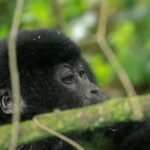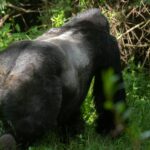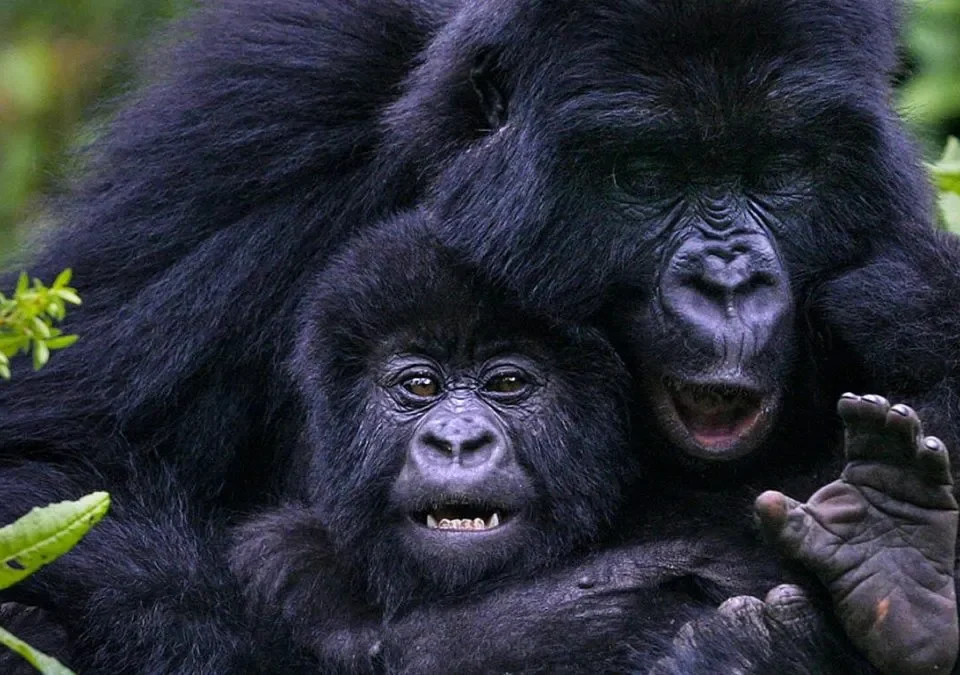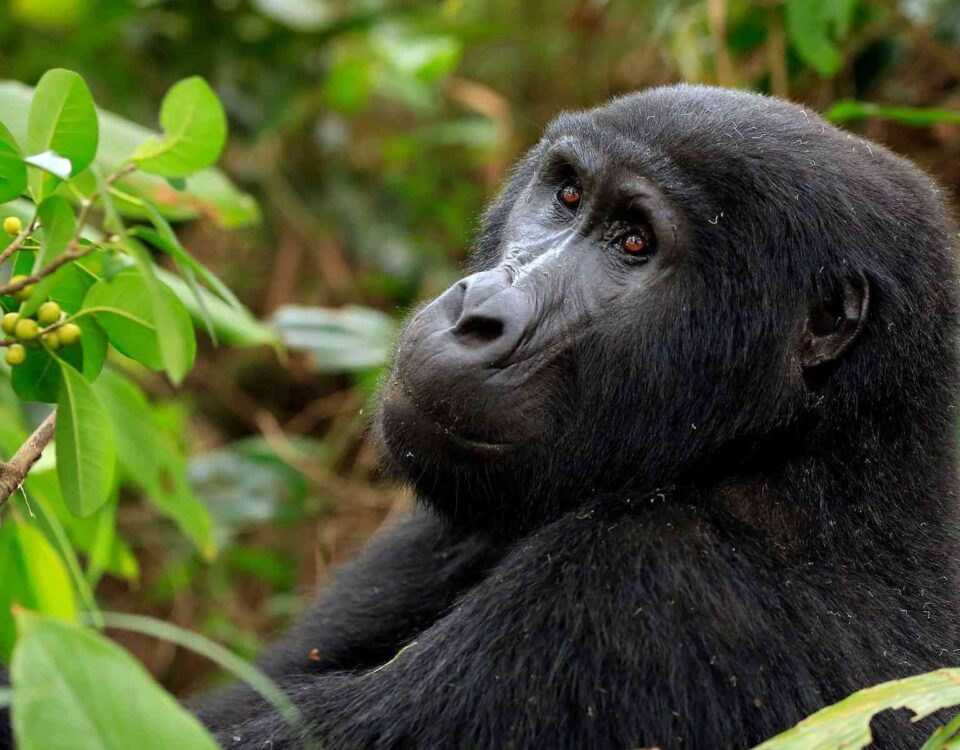
How Do I Book Gorilla Trekking?
March 28, 2025
Do Silverback Gorillas Eat Meat?
April 3, 2025Which Season is Best for Gorilla Trekking?
Gorilla trekking in Uganda is one of the most sought-after wildlife experiences globally, offering an unparalleled opportunity to observe the majestic mountain gorillas in their natural habitat. These incredible creatures reside in the misty forests of Bwindi Impenetrable Forest and Mgahinga Gorilla National Park, making Uganda a prime destination for adventure travelers. However, choosing the best season for gorilla trekking is essential to ensure a smooth and memorable experience. At Wild Village Safaris, we aim to guide you through the seasonal patterns that influence the trekking conditions, helping you plan your trek with confidence. In this detailed guide, we explore the two main seasons for gorilla trekking in Uganda, the pros and cons of each, and tips to ensure you have a safe and enjoyable journey.
Understanding Uganda’s Seasons
Uganda experiences two primary seasons: the wet season and the dry season. Each season has unique characteristics that can impact your trekking experience. The best time for gorilla trekking largely depends on your preferences for weather, trail conditions, and crowd sizes. The seasons are influenced by Uganda’s tropical climate, which brings heavy rainfall throughout the year, though the intensity of the rain varies.
The Dry Season (June to September, December to February)
The dry season is the most popular time for gorilla trekking in Uganda, and it is considered the best period for many travelers. During this time, rainfall is minimal, which makes the trails easier to navigate and the trekking conditions more comfortable. The dry season is divided into two distinct periods:
- June to September: This is the peak trekking season in Uganda, where dry weather conditions prevail. The trails are dry and manageable, reducing the risk of slipping or struggling through muddy terrain. This period also benefits from relatively mild temperatures, making trekking more pleasant for both travelers and guides. The dry weather also ensures better visibility, meaning trekkers have a higher chance of spotting gorillas in the lush green forests of Bwindi and Mgahinga.
- December to February: The second dry period, though less popular than the mid-year months, is still considered an excellent time to trek gorillas. Rainfall is minimal during these months, and although temperatures can be slightly warmer, the conditions remain favorable for trekking. One of the benefits of traveling during this period is that the parks are less crowded compared to the peak season (June to September), giving trekkers a more intimate and peaceful experience with the gorillas.
Advantages of the Dry Season:
- Easier Trekking Conditions: The trails are drier, making the trekking experience less strenuous. The firm ground allows for easier movement through the dense forest, reducing the physical challenge of the trek.
- Better Visibility: Clearer skies and drier conditions mean trekkers have better chances of spotting gorillas and other wildlife.
- Optimal Wildlife Activity: During the dry season, gorillas tend to be more active and easier to track as they move to lower altitudes in search of food. Their movements are more predictable, improving the chances of a successful trek.
- Comfortable Weather: The dry season offers comfortable, mild temperatures, making the trekking experience more enjoyable.
The Wet Season (March to May, October to November)
While the wet season in Uganda may not be as popular for gorilla trekking due to the heavier rainfall, it still offers a unique and more serene experience. The wet season is characterized by intermittent but heavy rainfall that can make trekking more physically demanding. However, some trekkers prefer this time to avoid the crowds and enjoy lower prices.
- March to May: The wettest period of the year in Uganda, the months between March and May see heavy rainfall, leading to muddy and slippery trails. The ground is often saturated, which makes trekking more challenging and can lead to longer treks. Gorillas are also harder to find, as they tend to move higher into the mountains to avoid the wet conditions. The dense vegetation, coupled with the rain, can also reduce visibility, making it more difficult to track the gorillas.
- October to November: The short rainy season, though not as intense as the long rains in March to May, still brings significant showers. However, the wet conditions make the trails slippery, and visibility may be reduced. The wet season during these months, like the longer rainy period, is less crowded, so you may encounter fewer tourists, providing a quieter and more peaceful trekking experience.
Advantages of the Wet Season:
- Fewer Tourists: During the wet season, fewer tourists visit Uganda, meaning that you can enjoy a more exclusive and intimate encounter with the gorillas. The absence of large crowds makes the trek less hectic and provides an opportunity to connect more deeply with the natural surroundings.
- Lower Prices: For those traveling on a budget, the wet season offers significant savings, as prices for permits, accommodation, and other services tend to drop. This makes gorilla trekking more affordable during the rainy months.
- Lush Scenery: The rain transforms the landscape into a verdant paradise, making for stunning photographs and a more vibrant jungle experience. The forests are at their greenest and most lush, creating a picturesque backdrop for your trek.
Challenges of the Wet Season:
- Slippery and Muddy Trails: The wet season brings muddy, slippery trails that make trekking more physically demanding. The challenging conditions may lead to longer treks as the gorillas can move to higher altitudes, making them harder to locate.
- Unpredictable Weather: The constant rain can make the weather difficult to predict, and trekkers may find themselves battling heavy downpours or dense fog. This unpredictability can dampen the experience and make it harder to spot the gorillas.
- Difficult Tracking Conditions: The gorillas’ movements during the wet season can be less predictable as they seek shelter from the rain, making it harder to track them effectively.
Deciding the Best Season for Your Trek
The best season for gorilla trekking depends on your personal preferences and priorities. If you value comfortable trekking conditions, clear weather, and the chance to encounter gorillas in optimal conditions, the dry season (June to September and December to February) is the ideal choice. On the other hand, if you prefer fewer tourists, lower prices, and don’t mind a more challenging trek, the wet season (March to May and October to November) can offer a more exclusive and affordable experience.
Final Tips for Your Gorilla Trekking Adventure
- Book Your Permits Early: Gorilla permits are in high demand, especially during the dry season. It’s advisable to book your permits well in advance to secure your spot.
- Prepare for All Weather Conditions: No matter the season, be sure to pack appropriately. In the dry season, lightweight clothing is essential, while in the wet season, waterproof gear and sturdy boots are crucial.
- Physical Fitness: Gorilla trekking is a physically demanding activity, especially during the wet season. Ensure you’re in good physical condition to handle steep, muddy trails.
- Travel with Experienced Guides: At Wild Village Safaris, we provide expert guides who know the trails and gorilla behavior, ensuring your trek is both enjoyable and safe, no matter the season.
Conclusion
Gorilla trekking in Uganda is an extraordinary adventure that offers unparalleled opportunities to connect with one of the world’s most endangered species. Whether you choose to visit during the dry or wet season, Wild Village Safaris is committed to providing a seamless, safe, and unforgettable experience. With our expert guides, tailored itineraries, and a focus on responsible tourism, we ensure that your trek will be both exciting and enriching. Whatever season you choose, prepare to be amazed by the beauty of Uganda’s gorillas and their pristine forest home.




